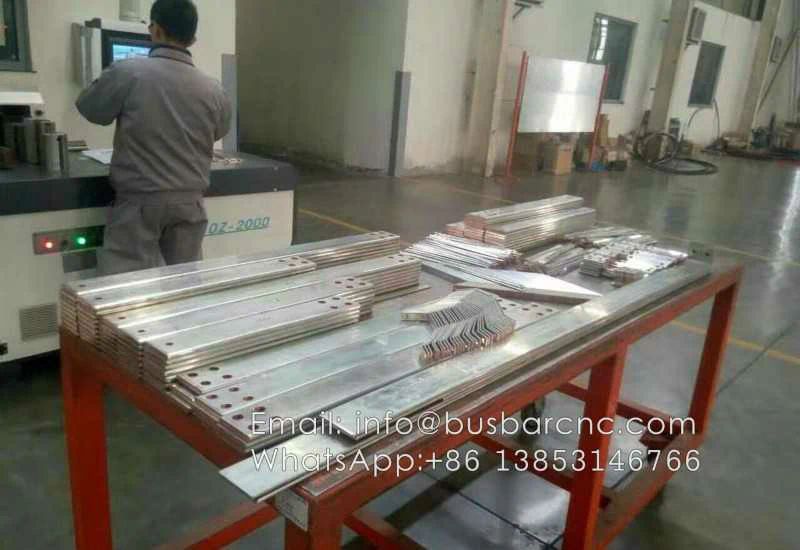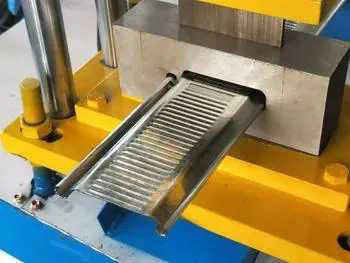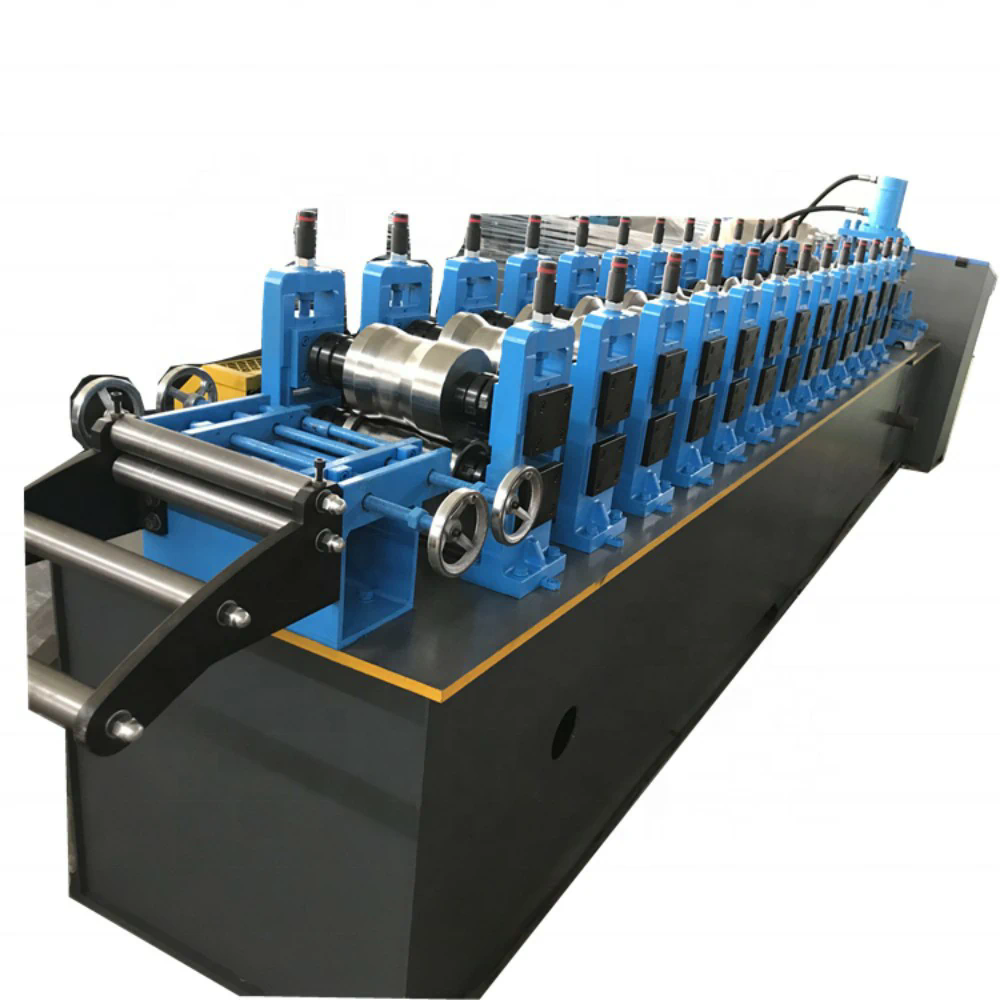“The world martial arts, but it is not broken”, especially in the digital economy.
It is said that data is comparable to oil in the new era and is very valuable. But more important than the data itself, how data value is released quickly and efficiently. There is no doubt, who can quickly and efficiently release the value of data, who will take the initiative in the fierce market competition.
Looking at a lively example: A large joint -stock bank, more than 20,000 employees are heavy data consumers, from daily accurate marketing, refined operations to risk control, etc., all need to use data. However, with the increase of business volume, the opening rate of data reporting is not satisfactory, and the long waiting time has a significant impact on the business experience and efficiency. The person in charge of the bank’s system revealed: “The special team uses various tricks to optimize the performance of the data reports, and the effect is still not ideal. Finally, it is found that it is the bottleneck of the hardware protocol. leap.”
Coincidentally, with the deepening of the digital transformation of Qianxingbaiye, the small storage protocol of NVMe has more and more affected the hearts of users. Many users gradually realize that although the SSD and other media revolution brings a huge improvement of IO, but the NVME protocol is the key to performance, and the end -to -end NVME Let the digital transformation really go to the “high -speed road”.
Why is NVME is very important
Digital transformation requires an infrastructure shop to a high -speed road.
For a long time, the storage system that carries data has been highly hoped. More than ten years ago, when the flash memory entered the storage system, people generally believed that the performance bottleneck of the data center would be completely broken. However, the performance performance of the SSD storage system in real business scenarios is not “one flying into the sky”, and even some business scenarios are “powerful”.
The reason for the storage agreement is the key.
In the early days when SSD entered the market, in order to quickly integrate into the ecosystem of the data center, the concepts of sector and LBA divided by hard disk data were “inherited” by SSD, and even the interface protocol / hard disk shape specifications were retained. This advantage is that in the data center ecosystem, whether it is the operating system level or the physical specifications, the transition from mechanical hard disks to SSD is transparent, which has a very small impact on users.

But retaining compatibility, performance will definitely make a certain sacrifice. The traditional SAS protocol is the product of the era of mechanical hard disk. The complex system architecture, too many protocol analysis, and limited queue concurrency have limited the performance of SSD performance advantages.
Therefore, the NVME protocol designed for SSD was born. It removed complex protocol layers such as SCSI in the SAS system, reducing the expenses of protocols, reducing the number of interactions, and a mature multi -queue mechanism, allowing it to eliminate the delay of the data path. Realize the growth of the number of parallel access to the SSD medium, and support a variety of high -speed networks such as Ethernet, Infiniband, FC, and SSD is a natural work with SSD.
If the emergence of SSD, it will be a “highway” for data storage; then, NVME has become the latest operating rules of “highway”, which ensures that the data can be processed quickly and efficiently.
From more than 90 companies in the world in 2009, the NVME working group was officially launched in 2011, and then launched in June 2021 NVME 2.0, the NVME industry ecology has continued to improve. SSD products, NVME protocols, etc. have made great progress.
Today, NVME is not just a flash memory interface protocol, but also develops to the entire storage network field. The end -to -end NVME and NVME Full Flash has become the general trend, thereby further releasing the performance potential of data storage.
The end -to -end NVME has become the general trend
On the earliest full flash array, the SSD of the SATA / SAS interface is often used; after that, the SSD that supports NVME appears. Many full flash memory began to replace the NVMe SSD at the storage back end, and the performance has been further improved. But it does not mean that the performance of the storage system reaches the limit.
How to dig out the performance potential of full flash memory and other storage systems?
The end -to -end NVME is considered a general trend. After using NVMe SSD in the b
ack end, storage manufacturers began to aim at the controller architecture of full flash memory. In the past, most of the full -flash controller architecture was specially designed for mechanical hard disks. Obviously, the array controller and the storage network protocol also need to keep pace with the times, adapt to the development of the times, and allow NVME to give full play to performance dividends.
Therefore, NVME Over Fabrics was born. As a channel connected to the front -end host, NVME Over Fabrics implements the expansion of NVME standards on multiple networks, and replaced the past FC and ISCSI protocols to reduce the storage network protocol stack processing overhead Essence The front -end host can use the NVME protocol of this machine to directly communicate with the NVMe SSD to further improve performance and reduce delay, and adapt to the evolution of the storage controller architecture that adapts to the SSD medium.

At present, all storage vendors are actively laying up the end -end -end NVME full flash scheme. For example, Huawei has realized the full range of NVME products at the end -to -end end -to -end NVME product: on the end -to -end NVMe high -speed channel, Huawei uses the self -developed ASIC interface module, the self -developed ASIC SSD disk / frame design, from protocol analysis, IO forwarding, business priority priority , Hardware acceleration and other aspects of NVME comprehensive support to provide high -speed channels for data transmission.
Let’s take a look at the benefits brought by this design. Uceanstor dorado designed by the end -to -end NVME. Compared with the SCSI protocol, the NVME protocol reduces 40 % of the host network protocol stack of the host network protocol. The host application; in addition, through the NVME protocol, the CPU and SSD disk can be directly communicated, shortening the transmission path, the number of concurrency of the protocol increases to 64K, the number of protocol interactions is reduced from 4 times, and the efficiency of read and write request processing efficiency is more than 1 times more than doubled Essence
From the perspective of the environmental testing data of the Huawei laboratory, in the 8K IO and 100 % reading scenarios, the Oceanstor DoOorado end -to -end delay can be reduced from 562US to 50US, shortening by 10 times. What’s more important is that Huawei’s storage can be end -to -end NMVE from high -end to low -end, supporting end -to -end full series NVME.
Nowadays, many business scenarios are necessary for seconds, such as real -time transactions, machine learning, etc. These application scenarios are not as good as the business scale and data volume. The speed of processing and accessing data is getting faster and faster. Taking the just -concluded 6.18 shopping festival as an example, the peak value of ten years has expanded by thousands of times, and many banks have already exceeded tens of thousands of TPS (the number of transactions per second) in massive transactions.
Therefore, with the deepening of the digital transformation of Qianxingbaiye, the end -to -end NVME will definitely help companies build strong and fast infrastructure to accelerate digital transformation.
Popularizing NVME, reducing costs and technical inertia is the key
As we all know, in the field of enterprise -level, the transition and popularity of new technologies are subject to cost and technical inertia, which often requires a long cycle.
Taking costs as an example, in many cases, the storage of upgrading to end -to -end NVME needs to increase additional costs. If this part of the cost cannot be controlled in a more reasonable space, it will delay the popularity and application of NVME.
For another example, technical inertia is also a factor that cannot be ignored. As of last year, the PCIE of the server platform has stayed in GEN3 for many years, and has gradually formed a strong technical inertia, which has restrained the update of data center users on the storage end. However, with the next few years, the data center server platform has rapidly evolved to PCIe Gen4 and Gen5, bringing great room for improvement and network space to storage and network space. Population among data center users.
It is worth mentioning that Huawei Storage has been committed to the popularization of end -to -end NVME full flash memory schemes in recent years. It not only continues to polish and innovate at the technology and product level. Multiple industry head customers have been successfully commercialized.
In addition, in order to further eliminate the restraint of data centers in cost and technical inertia, Huawei Storage has officially launched the Huawei Flash only Pro event recently: Any new order can be upgraded from SAS full flash to NVME full flash memory, and this event is suitable for OceanStor. Dorado full -series products.
Facing the future, with the maturity and continuous improvement of NVME technology, the end -to -end NVME solution will inevitably accelerate the popularity of data centers. In the future, the data center must be the world of NVME. For the vast number of users who are in digital transformation, boarding a high -speed sports car on NVME will inevitably achieve a fast victory in the era of the digital intelligence.



